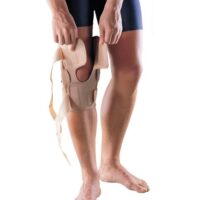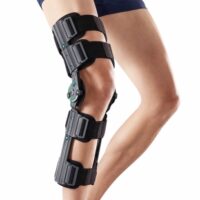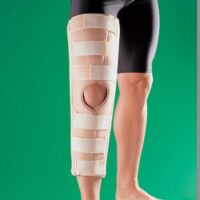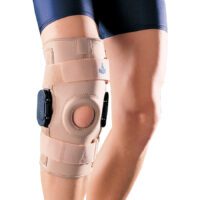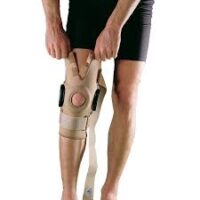What is the Main Function of the ACL?
The primary function of the Anterior Cruciate Ligament (ACL) is to provide stability to the knee joint by restraining the forward sliding and rotation of the shin bone (tibia).
To understand this function, let me quickly explain the anatomy of the knee joint. The femur (thigh bone) sits on top of the tibia (shin bone), and the knee joint allows movement at the junction of these bones.
Multiple knee ligaments are crucial in stabilising the knee joint, preventing it from being unstable and prone to dislocation. The ACL specifically prevents excessive forward sliding of the tibia on the femur.
In addition to its primary function, the ACL contributes to the stability of other movements in the knee joint, such as angulation and medial rotation. It achieves this by connecting one end to the femur and the other to the tibia.
It’s worth noting that the knee has other very important ligaments, including the posterior cruciate ligament (PCL), medial collateral ligament (MCL), and lateral collateral ligament (LCL). These ligaments work together to provide overall stability to the knee joint.







